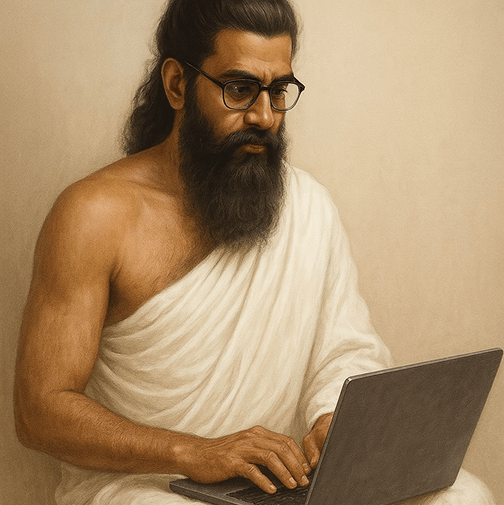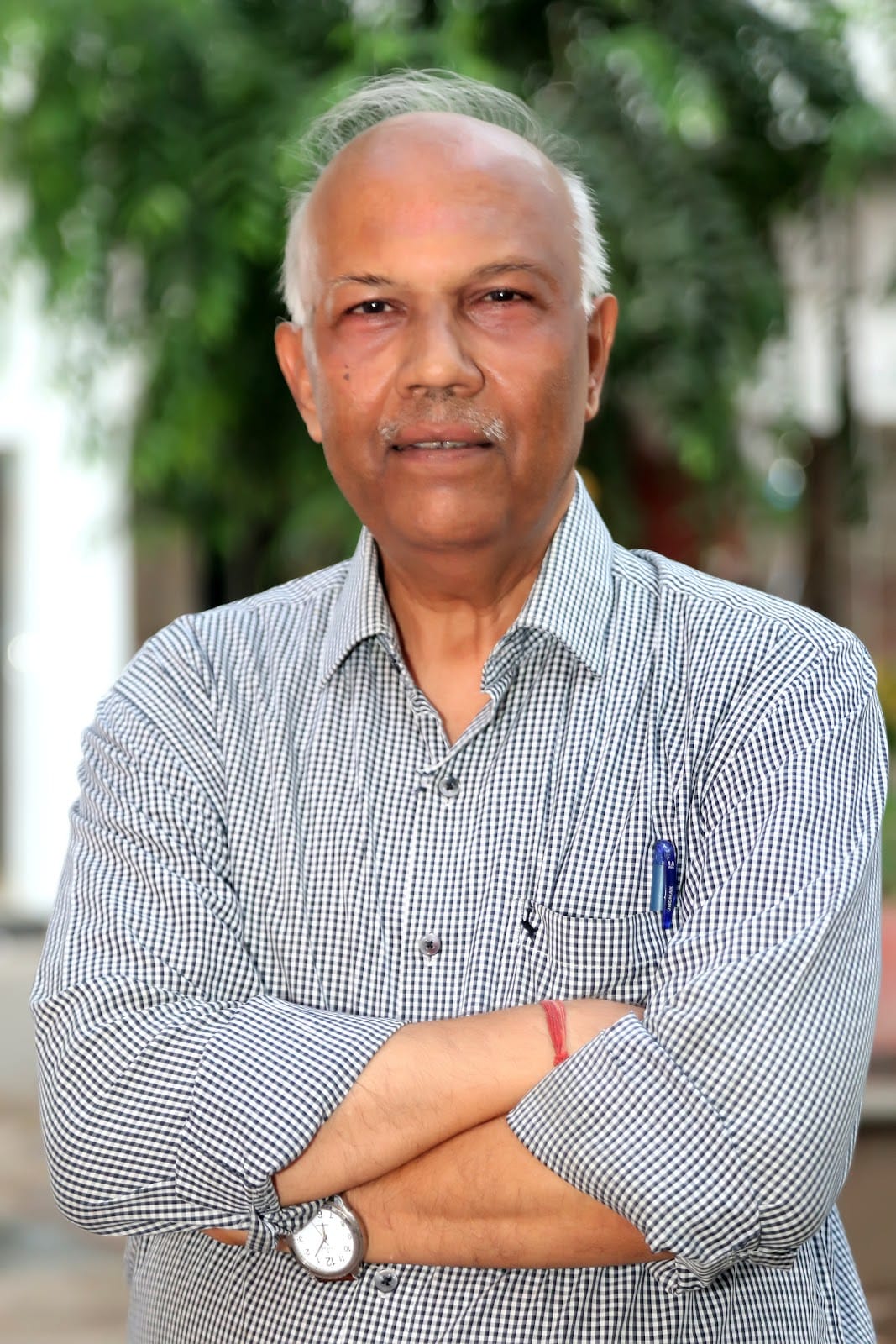In what critics are calling a masterclass in mixed messaging, President Anura Kumara Dissanayake appealed for full media cooperation in his war against drugs—while simultaneously barring journalists from the very event where he made that appeal.
The National Work Plan for Eradicating the Drug Menace was launched with much fanfare at the Sugathadasa Indoor Stadium, where the President delivered an impassioned address urging Sri Lanka's media to join hands with the government in combating the narcotics crisis.
There was just one small problem: the media wasn't actually allowed inside to hear it.
"Support Us, But From Outside"
Reporters and photographers who arrived at the venue ready to cover the high-profile ceremony were turned away at the gates, despite the event's central theme calling for press collaboration. While newspaper editors received invitations as observers—presumably to witness the President's call for support firsthand—their own reporters and camera crews were left waiting outside.
The irony was not lost on the media fraternity.
"It's a bit like being invited to a wedding but told to wait in the car park," one journalist quipped. "We're supposed to support the campaign, but apparently not document it."
A Pattern, Not an Accident
Media professionals noted that this isn't an isolated case of bureaucratic confusion—it's become standard operating procedure. Similar restrictions have plagued government events across the country, from Colombo to Jaffna, where local officials have adopted an equally dismissive attitude toward working journalists.
"The fourth pillar of democracy is being treated more like the fourth wheel," observed a veteran political correspondent. "You can't simultaneously demand media support and treat the media like party crashers."



